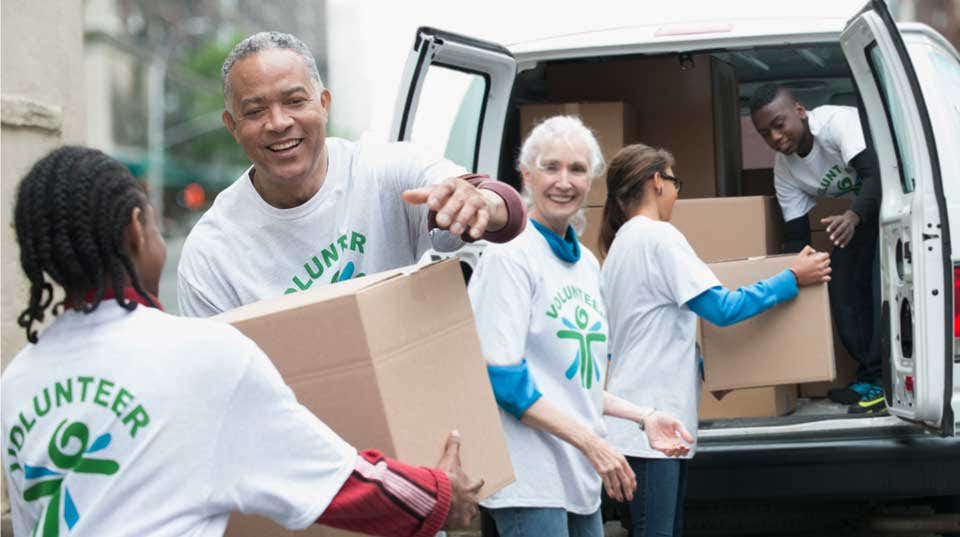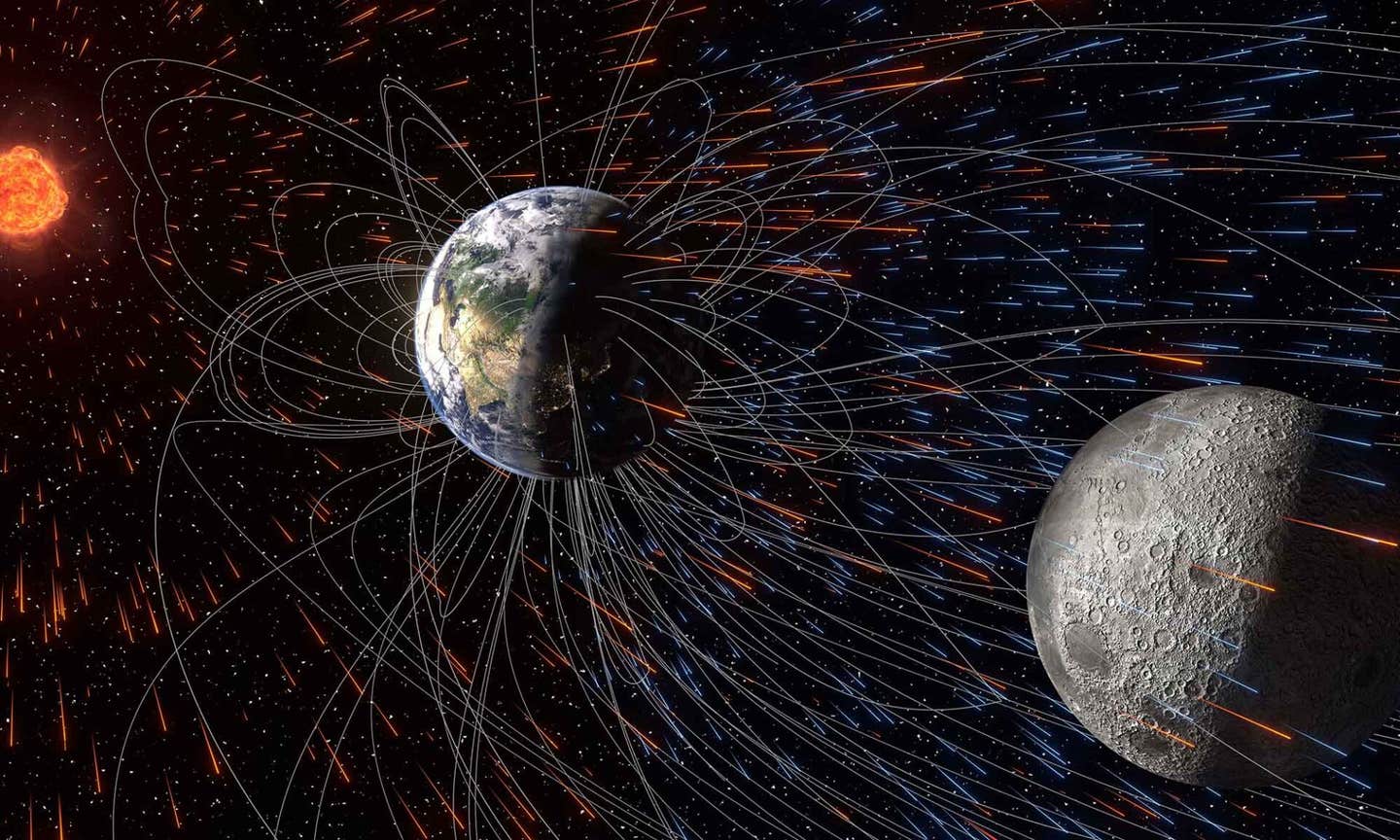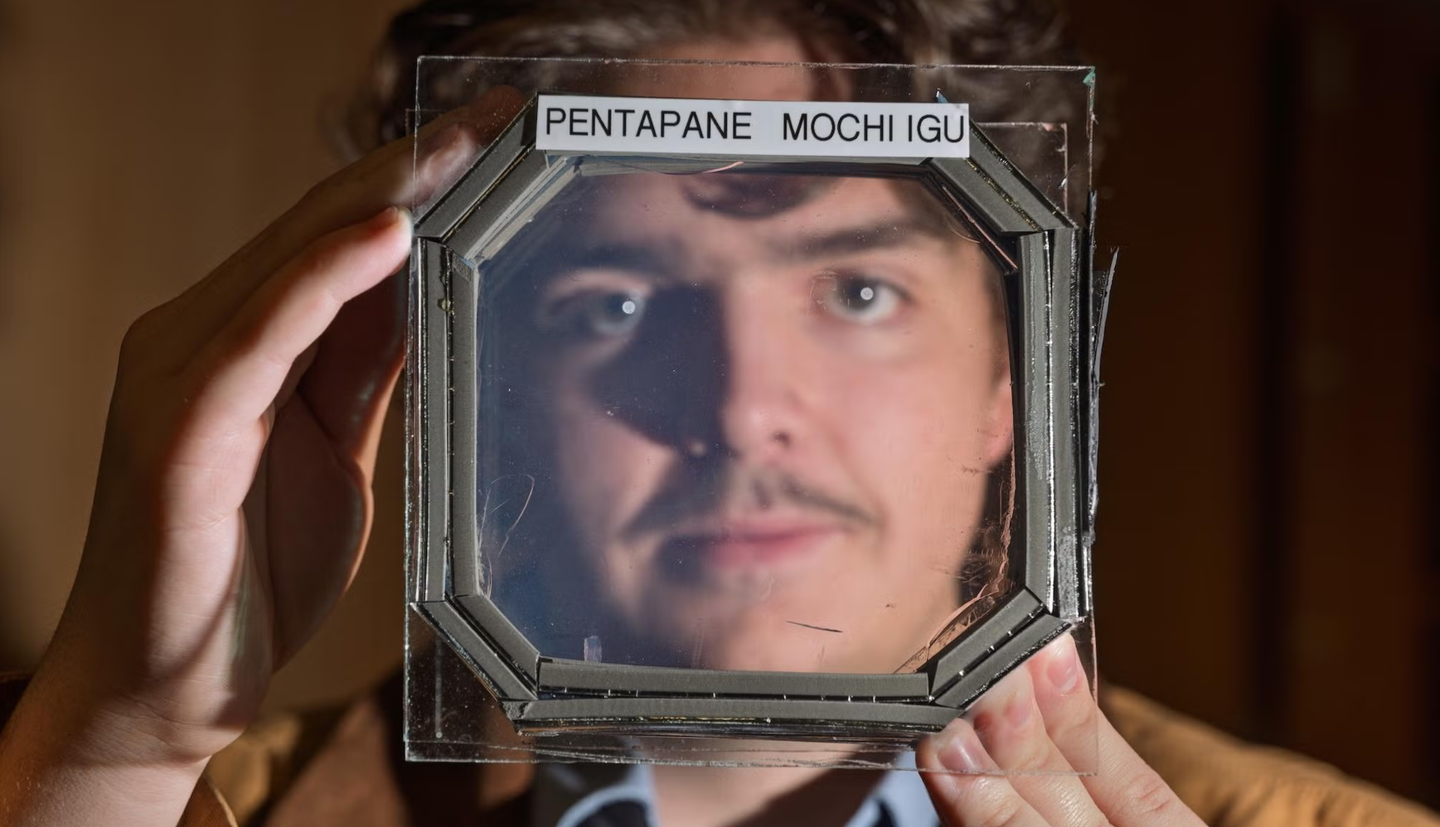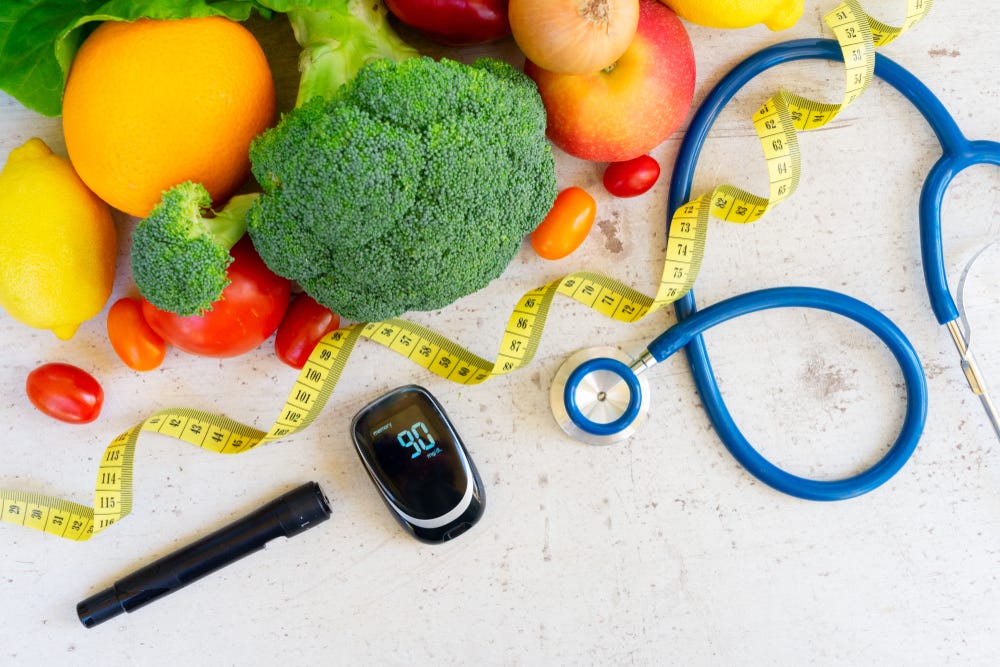The Healing Power of Giving: Research Shows Charitable Acts Ease Pain
Engaging in prosocial behavior, such as volunteering or donating to charity, can help reduce physical pain and improve the ability to work.

[Apr. 17, 2023: JD Shavit, The Brighter Side of News]
The study is the first of its kind to directly link prosocial behavior to reductions in physical pain. (CREDIT: Creative Commons)
A new study conducted by City, University of London and Harvard University suggests that engaging in prosocial behavior, such as volunteering or donating to charity, can help reduce physical pain and improve the ability of people to work. The study is the first of its kind to directly link prosocial behavior to reductions in physical pain.
The study analyzed responses to the United Kingdom Household Longitudinal Survey (UKHLS) between the years 2011 and 2020. The responses of approximately 35,000 participants were used to compare whether physical pain interfered with their normal work and whether they volunteered or donated to charity.
The study found that volunteering had a larger effect on reducing pain interference than donating to charity. However, the more money donated to charity, the more physical pain was eased.
The study did not find a similar dose-dependent effect for the number of hours volunteered with an organization. However, the magnitude of pain easing from volunteering was found to be more than ten times the effect of each additional year of age of a participant had on increasing pain interference in their work.
Related Stories:
The study suggests that the positive emotions associated with engaging in prosocial behavior can help explain the current findings. In particular, volunteering has been found to be strongly associated with social connection, which is a key predictor of wellbeing, including in relation to physical pain.
Physical pain is one of the main reasons people visit the accident and emergency room in the UK. Approximately nine million people in the UK live with chronic pain, and musculoskeletal pain alone accounts for 30 per cent of the country’s medical consultations. Physical pain is known to adversely affect a person’s quality of life, including their mental health, productivity at work, and their experience of their family and workplace.
Lead author of the study, Dr Lucía Macchia, Lecturer in Psychology at City, University of London, said, “This research contributes to the new and fast-growing literature that studies pain from a socioeconomic, psychosocial, and behavioral perspective. The work provides useful information for the design and evaluation of public health policies by uncovering how engaging in prosocial behavior, which can create powerful positive emotions and reduce negative mood like stress, can positively affect one’s pain.”
Effect of prosocial behaviours combined on physical pain averaged across 10 years of follow-up. This figure shows the unstandardized coefficients of combination of donating and volunteering from linear mixed models. (CREDIT: Science Direct)
The study found that while both volunteering and donating to charity were associated with a larger reduction in pain interference than volunteering alone, the difference in the results was not statistically significant.
The authors cannot fully rule out concerns about reverse causality playing a part in the findings, whereby people experiencing more pain may not engage in prosocial behaviors. However, the longitudinal study design and other factors help counteract these concerns.
The UKHLS is ongoing and is administered to participants annually, face-to-face. It was designed to be representative of the UK population as respondents represent all regions of the UK, ages, as well as educational and socioeconomic sectors. The study is published online in the Journal of Psychosomatic Research.
What is chronic pain?
According to the Cleveland Clinic, chronic pain is pain that lasts for over three months. The pain can be there all the time, or it may come and go. It can happen anywhere in your body.
Chronic pain can interfere with your daily activities, such as working, having a social life and taking care of yourself or others. It can lead to depression, anxiety and trouble sleeping, which can make your pain worse. This response creates a cycle that’s difficult to break.
What’s the difference between chronic pain and other pain?
Chronic pain differs from another type of pain called acute pain. Acute pain happens when you get hurt, such as experiencing a simple cut to your skin or a broken bone. It doesn’t last long, and it goes away after your body heals from whatever caused the pain. In contrast, chronic pain continues long after you recover from an injury or illness.
Sometimes it even happens for no obvious reason.
Where do people have chronic pain?
Chronic pain can come in many different forms and appear across your body. Common types of chronic pain include:
Arthritis, or joint pain.
Back pain.
Neck pain.
Cancer pain near a tumor.
Headaches, including migraines.
Testicular pain (orchialgia).
Lasting pain in scar tissue.
Muscle pain all over (such as with fibromyalgia).
Neurogenic pain, from damage to the nerves or other parts of the nervous system.
How common is chronic pain?
Chronic pain is a very common condition, and one of the most common reasons why someone seeks medical care. Approximately 25% of adults in the United States experience chronic pain.
What causes chronic pain?
Sometimes chronic pain has an obvious cause. You may have a long-lasting illness such as arthritis or cancer that can cause ongoing pain.
Injuries and diseases can also cause changes to your body that leave you more sensitive to pain. These changes can stay in place even after you’ve healed from the original injury or disease. Something like a sprain, a broken bone or a brief infection can leave you with chronic pain.
Some people also have chronic pain that’s not tied to an injury or physical illness. Healthcare providers call this response psychogenic pain or psychosomatic pain. It’s caused by psychological factors such as stress, anxiety and depression. Many scientists believe this connection comes from low levels of endorphins in the blood. Endorphins are natural chemicals that trigger positive feelings.
It’s possible to have several causes of pain overlap. You could have two different diseases, for example. Or you could have something like migraines and psychogenic pain together.
What does chronic pain feel like?
People with chronic pain describe their pain in many different ways, such as:
Aching.
Burning.
Shooting.
Squeezing.
Stiffness.
Stinging.
Throbbing.
Chronic pain often leads to other symptoms and conditions, including:
Anxiety.
Depression.
Fatigue, or feeling overly tired most of the time.
Insomnia, or trouble falling asleep.
Mood swings.
For more technology news stories check out our New Innovations section at The Brighter Side of News.
Note: Materials provided above by The Brighter Side of News. Content may be edited for style and length.
Like these kind of feel good stories? Get the Brighter Side of News' newsletter.



